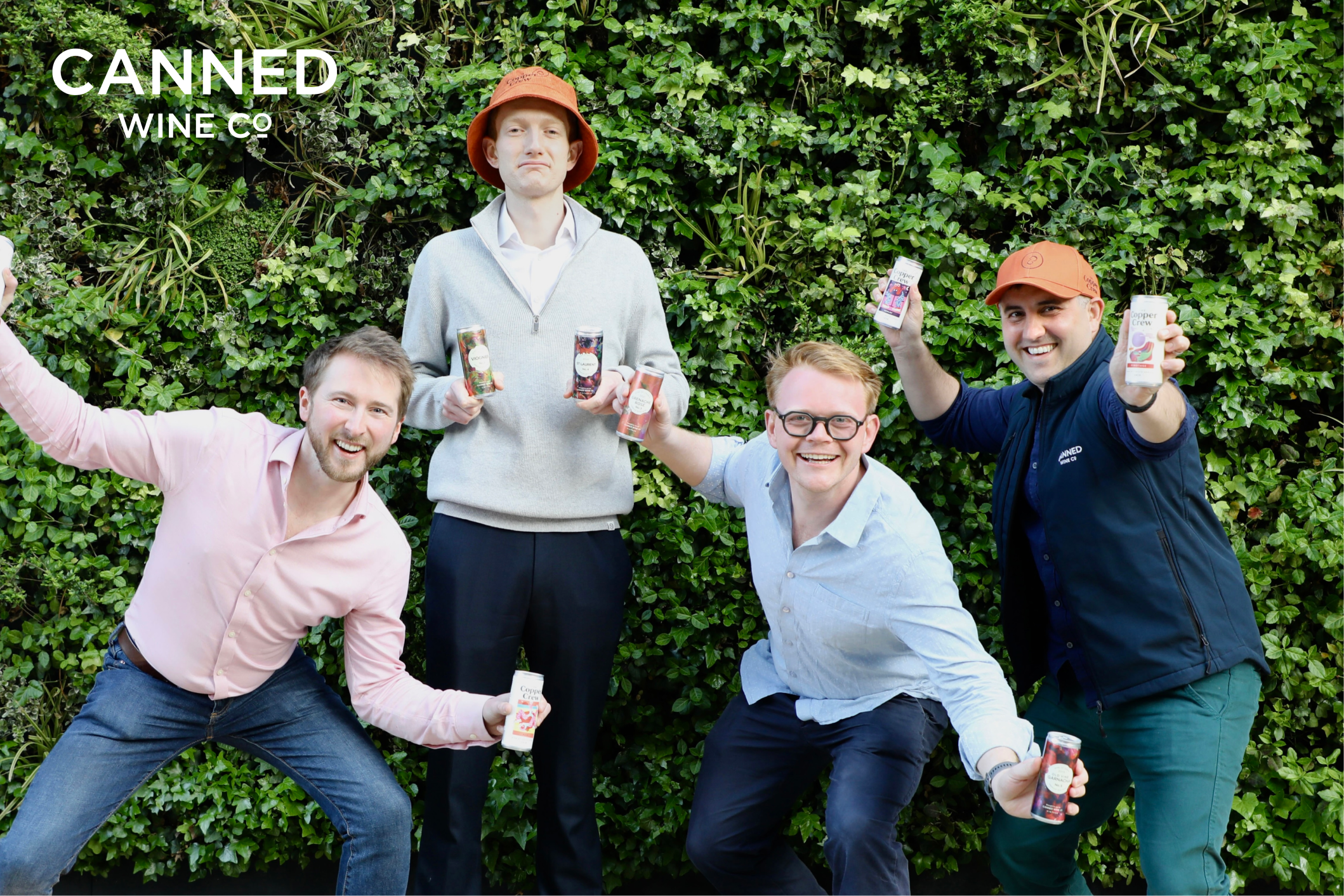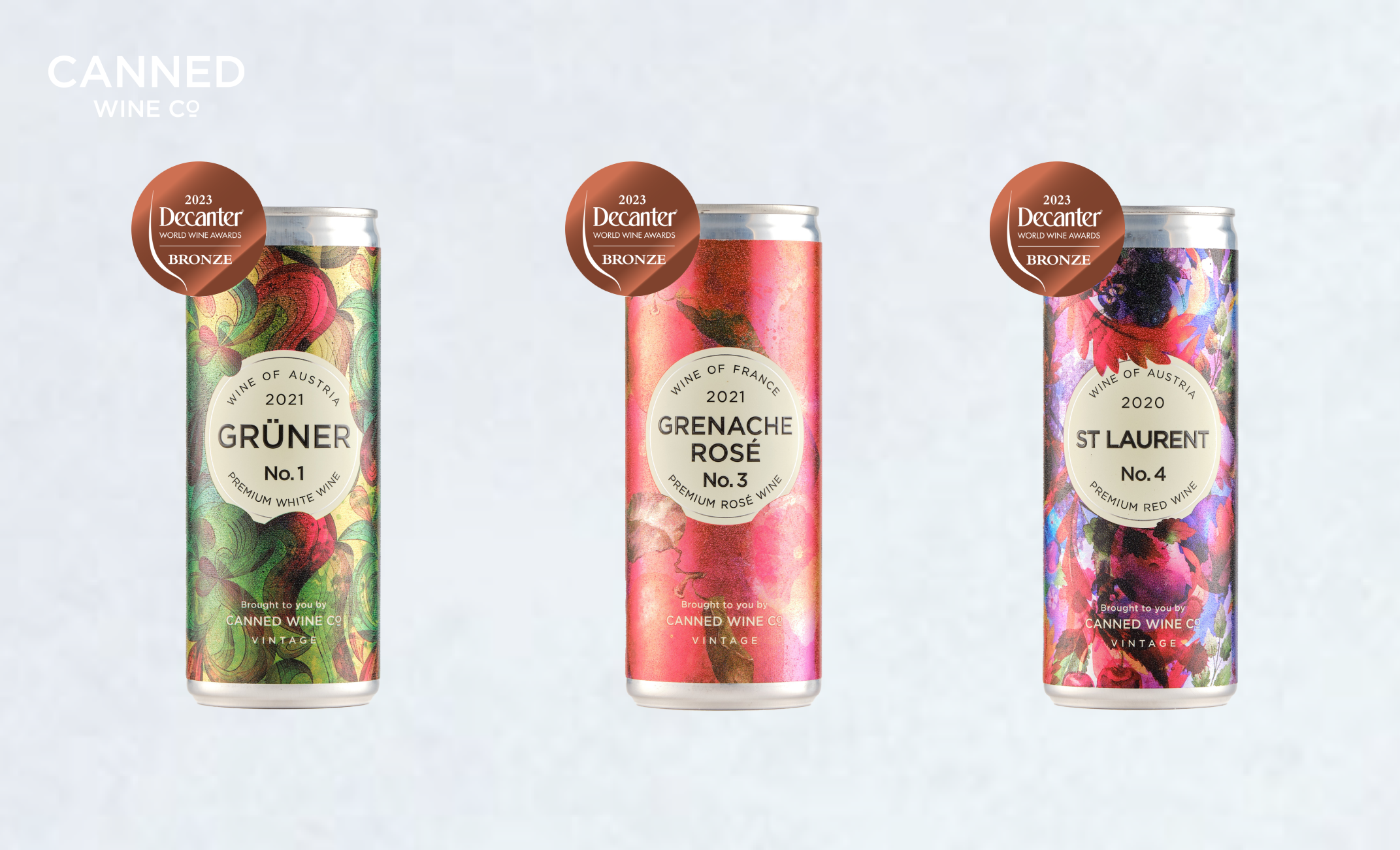What better time to start on a new fizz than a new year. Italian sparkling wines are on the rise and are here to stay. The five main types of sparkling Italian wine are Prosecco, Lambrusco, Franciacorta, Metodo Classico, and Asti Spumante, all distinguished by region, the winemaking methods used and the grape varieties. The world of Italian sparkling wine can be a complicated one, but we’re here to take you on a quick tour of Italian fizz and introduce you to our sparkling Chardonnay, the fizz you need for 2024.
Introducing our sparkling Chardonnay
Our naturally sparkling wine is made of 100% Chardonnay grapes. Whilst fizz may not be the first thing that comes to mind when Chardonnay is mentioned, it is used in many Champagne blends. The prized Blanc de Blancs refer to being made up of 100% Chardonnay - just like our own. Chardonnay is one of the most popular grape varieties world-wide and is known by almost every wine drinker. It varies largely based on where it is grown and how the wine is made, so styles vary massively - no Chardonnay is the same as the next!

Our Chardonnay is grown in the Piedmont region in the very North-East of Italy. The climate here is typically continental, with long, warm summers, giving the grapes plenty of time to fully ripen and develop bright flavours of melon, apple, lemon and pastry. The bubbles are gentle, adding to the refreshing and light feel of the wine, making it an easily accessible, easy drinking fizz - perfect for a New Year’s party where there may be different tastes and drinking preferences, another reason why cans are perfect for parties.
How is our Italian Sparkling wine made?
Our expert winemakers at So.Vi.Pi use the ‘Charmat’ method. This method uses grapes that are ripe and fully grown, hence why Piedmont’s long summers are ideal for our sparkling Chardonnay. The grapes undergo an initial fermentation, the same as any wine would, converting the sugars of the grape into alcohol and allowing the carbon dioxide created, to escape. To create the fizz, a second fermentation occurs where yeast and sugar are added to the solution, reacting together to form carbon dioxide, which this time, remains trapped in the wine. This method is also used to produce the most well known Italian sparkling wine, Prosecco, named after the region in the North West where it is produced using the Glera grape variety.
Other Italian sparkling wines
However, this is not the only way sparkling wines are produced. The ‘traditional’ method of making sparkling wine or ‘Metodo Classico’ in Italy, is the same one used in and sometimes referred to as the ‘Champagne’ method. The first fermentation occurs in the exact same way in steel tanks, however, the key to this method is adding yeast and sugar to the wine after it’s been bottled, so the second fermentation actually occurs in the very bottle you drink it from.

Another Italian sparkling wine is the sweet Asti Spumanti. This wine is also produced in the Piedmont region as a more accessible sparkling dessert wine. This wine only undergoes one fermentation in the tank, and this is often cut short, leaving large amounts of sugar to produce a lower alcohol, sweet wine with intense floral and fruity flavours. This wine is usually enjoyed alongside creamy or fruity desserts, and particularly Asti wines from Moscato are developing a good reputation.
Other types of wine include Lambrusco, a red sparkling wine produced in central Italy using the Charmat method, and Franciacorta, which is produced similarly to the traditional method, but is specifically from the Lombardy region of northern Italy.
Now you know about the different Italian sparkling wines, you can start shopping ready for 2024. If you’re interested in our Sparkling Chardonnay, you can find out more and try it here. If you want to find out more about Italian wine, explore The Copper Crew's Puglian range.






